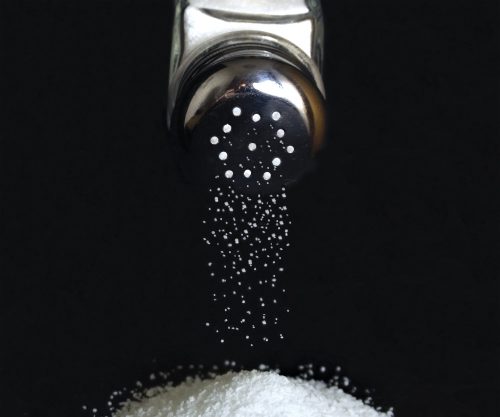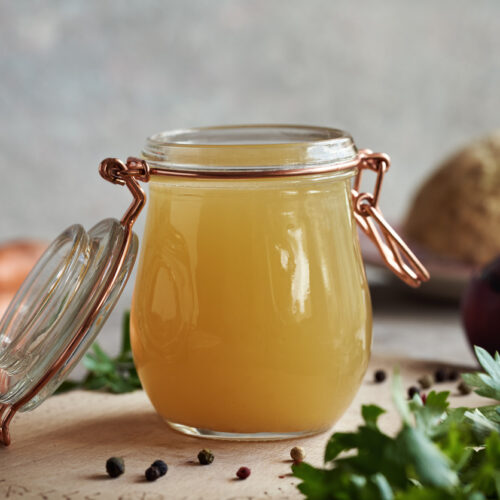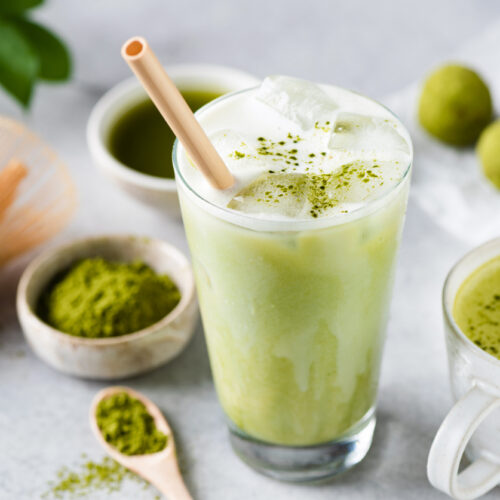
It’s confusing when we’re being told not to eat too much salt, that more and more ‘gourmet’ varieties are appearing on the shelves, marketed as healthy. Here’s why you should take some of their claims with a grain of you-know-what…
One look at the variety of salts available in the supermarket or specialty store and you’d never know health experts advise we use less of the white stuff. The shelves are full of fine, coarse, and rock salt, plus blends with exotic ingredients such as truffle, vanilla, porcini and seaweed. There are even salty flavours of almost everything, including sweet treats like macaroons and caramel sauce.
The story on salt
Experts agree if we want to stay healthy, it’s important to eat less salt. Salt (due to its sodium content) raises our blood pressure, and high blood pressure is one of the single biggest risk factors for stroke and heart disease. Alarmingly, every day about 24 New Zealanders have a stroke and one-quarter occur in people under 65. It is the third largest killer and the major cause of serious adult disability in New Zealand. That’s not all, though. A high-salt diet is also linked to a number of other health conditions such as stomach cancer, osteoporosis, obesity, kidney stones and worsening symptoms of asthma.
We’re advised to eat no more than six grams of salt a day (that’s 2300mg sodium) and for better health, the target is just four grams of salt (1600mg sodium) or less.
Most Kiwis, however, eat far more than that. Our last national Adult Nutrition Survey found our average intake is around nine grams a day, more than double the target. It’s no secret the majority of the salt we eat comes from processed foods — including bread, cheese, biscuits, pre-made stocks, bottled sauces and packet seasonings. Then there’s the salt added during cooking and more at the dinner table.
There are also a lot of new ‘gourmet’ salts cropping up, often packaged with claims that they’re ‘natural’, ‘contain minerals’, or offer a ‘tastier and healthier alternative’ to table salt.
However, analysis has shown gourmet rock and sea salt contain the same amount of sodium as ordinary table salt.
Yet many of us are being misled. In fact, an Australian study found 24 per cent of adults believed gourmet salts are healthier and 39 per cent believed them to be more natural. In fact, because gourmet salts tend to have much larger crystals we’re inclined to use too much.
The good news is we can actually retrain our palate. By eating less salty foods our palate becomes more sensitive and better able to appreciate other flavours.
Suddenly you can discover that salt can be the taste equivalent of a loud noise, drowning out the softer, subtler flavours in food. Try giving your tastebuds a break from salt and a world of flavours will open up. You will also enjoy better blood pressure and a reduced risk of health problems.
Are gourmet salts a lesser evil?
Myth 1: Gourmet salts contain less sodium
Like table salt, most gourmet salts are 100 per cent sodium chloride, so they will have exactly the same effect.
Myth 2: They have minerals essential for good health
No salt is a good source of essential minerals. You can get all the vitamins and minerals you need from a balanced diet.
Myth 3: They’re good for you because they’re natural
All salts can be deemed ‘natural’, but that doesn’t make them healthy.
Myth 4: They taste better, so you use less
If anything, you could end up using more of the gourmet salt as it often has a larger crystal size.
How much salt is too much?
| 1/4–1/2 teaspoon | All we need: 1–2.5g, or about 1/4–1/2 teaspoon, of salt is all our body needs in a day |
| 3/4 teaspoon | The suggested target: 4g, or 3/4 teaspoon, is the amount to try to stick to each day |
| 1 1/4 teaspoons | The upper limit: 6g, or 1 1/4 teaspoons, is the recommended upper limit for each day |
| 1 3/4 teaspoons | What we’re eating now: 9g, or about 1 3/4 teaspoons, is what most of us are eating now |
Where salt sneaks in to your day
A plain bread roll may give you as much as quarter of your recommended daily salt intake.
Even if you don’t use the salt shaker on your food or in your cooking, you may still be getting too much. It is a surprising part of many of our foods.
- 75% from processed and restaurant foods
- 15% added during cooking and at the table
- 10% occur naturally in foods
So, for low-salt packaged foods, look for those with less than 120mg sodium per 100g.
Eight high-salt sources
Even without adding salt, our daily diet can be high in sodium from all manner of everyday sources, such as these.
- Bread: While salt is integral to the rising process in bread-making, the amount of sodium in different breads varies widely, so it pays to check the packaging and watch how many slices you’re having each day.
- Ham, salami and deli meats: Most of these meats are high in salt. Even those labelled ‘reduced-salt’ still pack a punch.
- Bought soups: Canned soup is comforting when it’s cold outside but often high in salt. Shop around, always check the label and compare sodium content per 100g to find the lowest salt option.
- Ready-made meals: Those frozen and pre-made dinners may be light on effort but they’re heavy hitters when it comes to your daily salt intake. Check the packaging and opt for low-salt versions.
- Quick foods: Whether it’s instant noodles or a can of chickpeas, these ‘shortcut’ foods are often high in salt. It pays to check the labels and choose the no-added-salt version where you can.
- Breakfast cereals: Some classic breakfast cereals come with a rich helping of hidden salts — even when they don’t taste salty. Instead of assuming a cereal is a healthy, low-salt option, check the label to be sure.
- Stir-fry sauces: The more you eat salt, the more you may find you need to tart up your meat and vege dish with flavour-packed sauces, such as pasta sauces or Asian meal bases or sauces, because without them food seems flavourless. However, packet sauces are often sky-high in salt. Asian sauces such as soy, fish, tamari or oyster sauce can have up to one teaspoon of salt per tablespoon. Choose the reduced-salt options whenever you can use less, or try flavouring your dishes with herbs, spices and citrus instead.
- Stock: Your typical store-bought stock powder or stock cubes can be almost 50 per cent salt! Good news though, there are now plenty of reduced-salt versions on the shelves. However, the salt (sodium) content varies widely in these so compare products before you buy.
Foodswitch app
If you’ve got a smart phone, the Foodswitch app makes choosing lower-salt products easier while you’re shopping. Simply scan the barcode with your phone and it will show you if it’s a healthy option based on salt content but also fat, saturated fat and energy levels. Even better, it shows which brands might be a healthier choice.
Fact: In New Zealand it’s estimated more than one in three men and more than one in four women have high blood pressure.
Did you know? Decreasing your salt intake by 25–35% could reduce your risk of heart attack and stroke by 20%.
www.healthyfood.com










